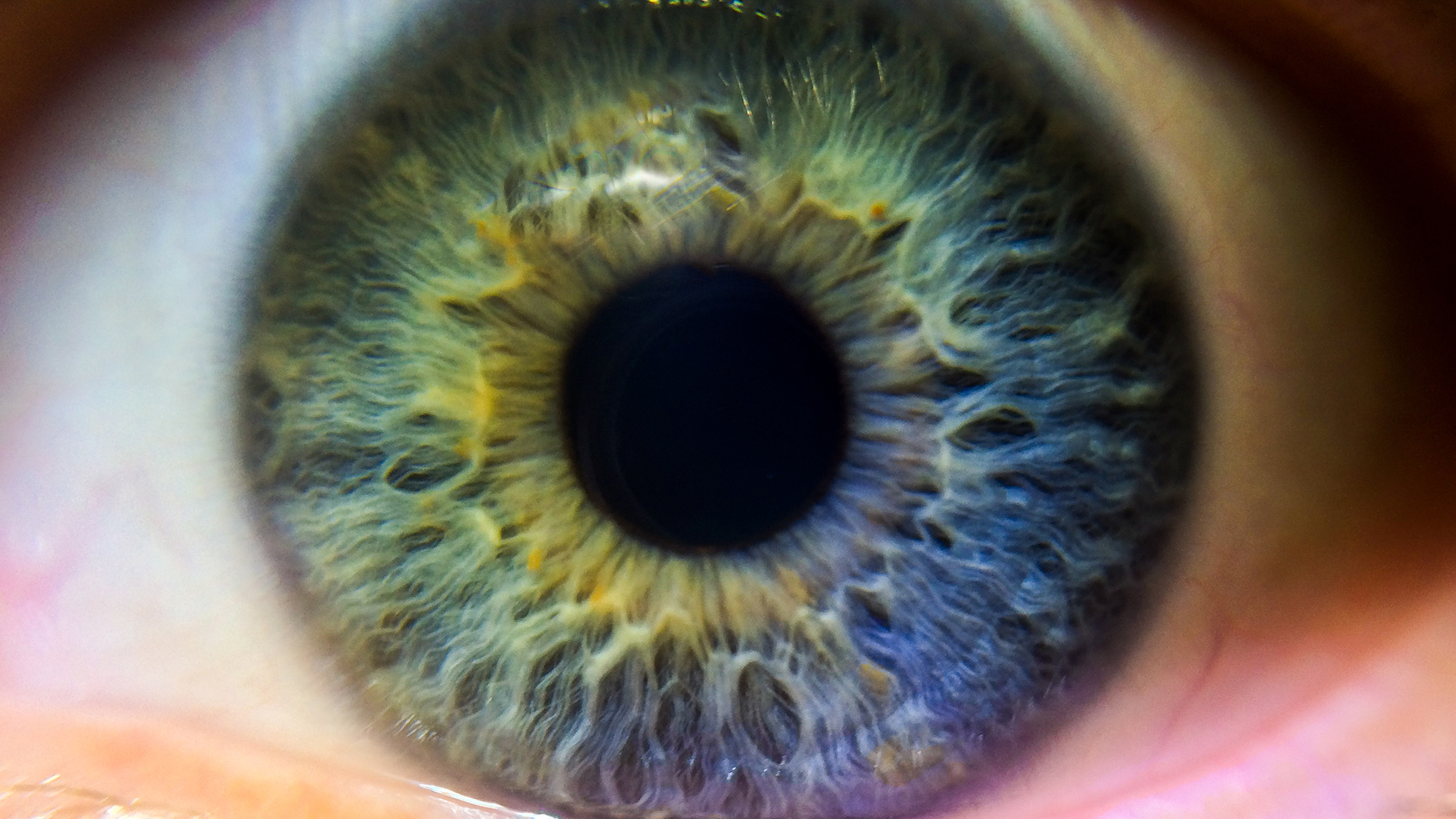Novartis next generation eye drug outperforms Eylea

Novartis is to file its next-generation eye drug in 2018 after it won out in a head-to-head trial with Bayer/Regeneron’s rival, Eylea.
Brolucizumab (RTH258) could offer a convenience advantage to patients with wet age-related macular degeneration (wet AMD) over its rival, as it could be injected just four times a year, compared to Eylea which is given every eight weeks.
The news is significant for Novartis as its older treatment, the monthly-dosed Lucentis (ranibizumab) is already in steep decline because of competition from Eylea.
Lucentis earned $1.83 billion in 2016 (down 11% on the previous year) and its patents are due to expire in the US in 2020, and in 2022 in Europe.
Novartis hopes next-generation treatments can compete against Eylea, plus the expected biosimilar versions of Lucentis.
Roche’s cancer drug Avastin can also be used off-label to treat wet AMD, with a lower dose making it more cost-effective. Although independent trials have verified this, Roche has never attempted to file the drug for use in ophthalmology.
The encouraging results from brolucizumab follow the disappointing results from Novartis/Ophthotech pegpleranib, which failed as a combination therapy with Lucentis in a wet AMD trial late last year.
Results of the large phase 3 HAWK and HARRIER non-inferiority studies showed brolucizumab is as effective as Eylea, based on best-corrected visual acuity tests over 48 weeks, and average mean change over the period of week 36-48, respectively.
The results were highly significant and the drug was generally well-tolerated, with overall ocular and non-ocular adverse event rates comparable to Eylea.
In HAWK, 57% of patients were maintained on the quarterly dosing schedule, while in HARRIER, 52% of patients were maintained on the quarterly dosing schedule following a loading phase through week 48.
A single-chain antibody developed by Novartis’ Alcon unit, brolucizumab enables much higher concentrations of antibody in the eye than approved therapies.
Novartis added that its formulation will ensure a low cost of goods – although whether this will translate into a low price seems unlikely as the company said it plans to “maximise its long-term value”.
After completing a pharmacokinetic study with the final manufacturing process, Novartis expects to file with regulators next year.
[caption id="attachment_25259" align="alignnone" width="131"] Vas Narasimhan[/caption]
Vas Narasimhan[/caption]
Vas Narasimhan, Novartis’ chief medical officer, said: "These results clearly and convincingly demonstrate RTH258 has the potential to reduce injection burden while providing excellent visual outcomes. Given our legacy in developing medicines to preserve vision, we are pleased that RTH258 carries the promise of being the next major advancement for patients with nAMD.”












